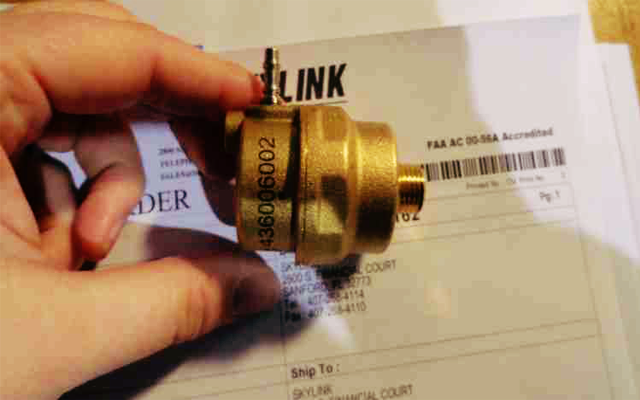According to the ATA Spec 106 “Sources and Approved Parts Qualifications Guidelines” FN and NS (more to come on this) have no regulatory definition.
Generally speaking, FN is commonly used directly from the Original Equipment Manufacture. It hasn't passed through many hands to get to the end user.
A standard industry practice is that if it's more than 2 years old, it's no longer FN.
[Tweet "A standard #aviation component practice is if it's more than 2 years old, it's no longer FN"]
At Skylink we tend to think of it in terms of 6 months to a year. For certain components, 2 years on any shelf is way too long.
For FN items, they'll always come with a manufacture's material cert.
Here's an example of the FN supply chain cycle:
FN part (OEM) > End User
New (NE)
















